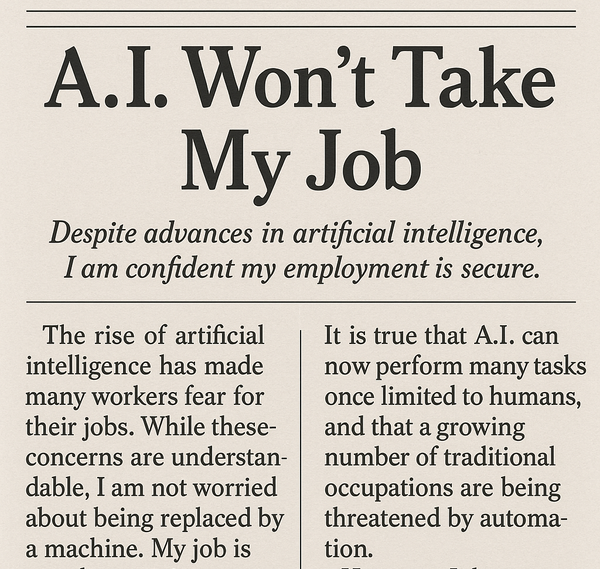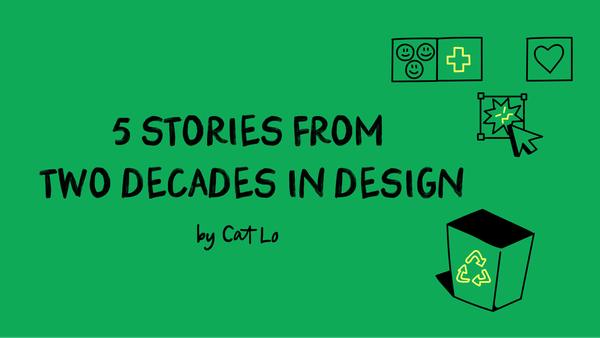
Career Growth
Use AI to co-build and guide your value proposition and futures
Growth for senior UX designers moving to principal-level roles

Burnout
84% burnout, AI bloodbath, and why I'm not really a designer anymore

AI
TLDR: No, in fact I'm AI

Career Growth
Doing the type of work that's needed, but won't get you promoted

Growth for senior UX designers moving to principal-level roles

84% burnout, AI bloodbath, and why I'm not really a designer anymore

A new era on ways of working

84% of company leadership believe innovation is a high priority, but 94% of them are dissatisfied with the performance of the innovation. A great product and service is long-lasting, but how do we know the idea today will stick?

Celebrating two decades in design this February, I hope my story highlights the qualities that define not just successful designers, but individuals who thrive in an environment of constant change.

🔒Paid members only content. Support this newsletter with a price of a coffee.
Stories on building design, technology, and ourselves in the process

Here’s what I’ve been thinking about for 3 months...

Attended my first Grace Hopper Celebration after 20 years in tech. I'm sharing tips on empowering women and non-binary folks in our field. Learn to craft your story, showcase your value, and use diverse skills to stand out.

In this issue, I cover Grace Hopper Conference, burnout from RTO, and toxic teams

Navigating the challenges of a new team, I find myself caught in the crossfires of conflicting work styles, tackling issues of execution, culture, and politics.

Define yourself and target audience to communicate your unique value

Next generation of design work and being in a new team

A new era on ways of working

If you are starting a new project with a new stakeholder, a new job, or even a new team, what should you do in the first 30 days?

Closing the chapter of my first team

Authenticity demands imperfection and vulnerability

We are bold women.

Greetings from Seattle